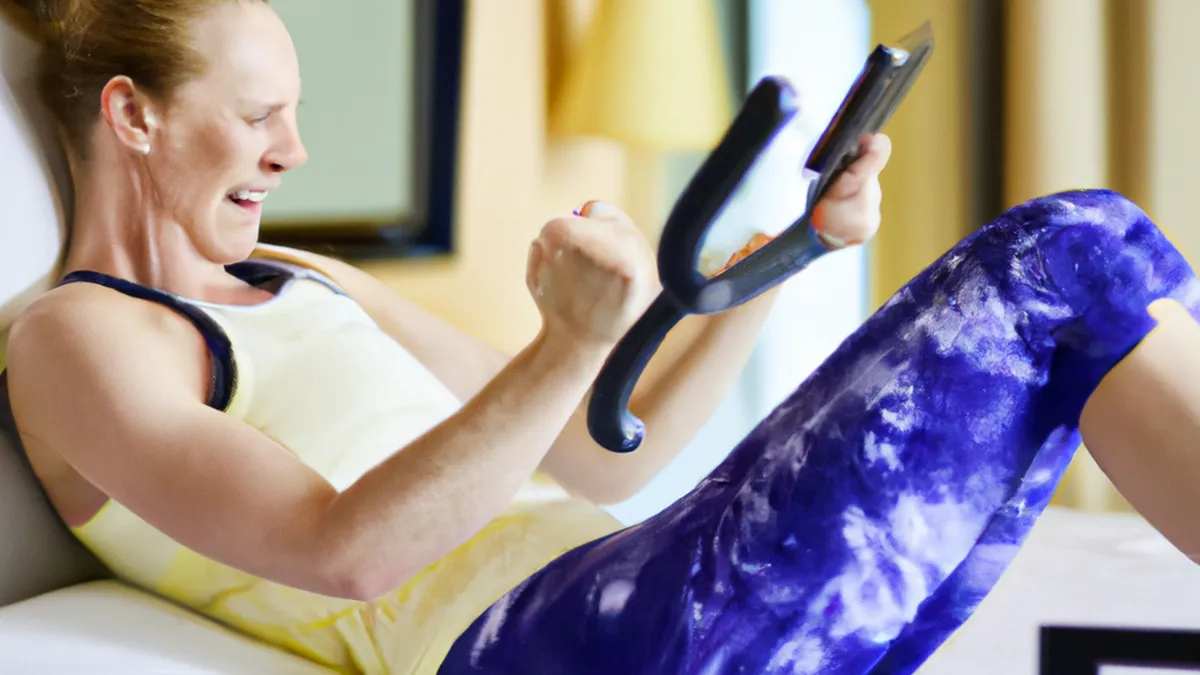Customizing Workouts for Women’s Hormonal Changes
Tailoring Exercise Programs for Pre- and Post-Menopausal Women
As an Amazon Associate I earn from qualifying purchases.
Gear tip: consider standing desk balance board, desk cycle and insulated water bottle to support this workout.
Menopause significantly transitions a woman’s life and usually occurs between ages 45 and 55. This natural process causes physical and emotional changes from hormonal fluctuations, particularly declining estrogen levels. These changes affect energy, muscle mass, bone density, and overall well-being. Therefore, tailored exercise programs for pre- and post-menopausal women are essential. This guide explores the importance of understanding these changes, tips for creating effective routines, and the benefits of customized fitness during this pivotal stage.
Understanding the Changes
Hormonal Fluctuations and Their Impact
As women approach menopause, fluctuating hormone levels cause various symptoms. Common symptoms include hot flashes, night sweats, mood swings, weight gain, and decreased muscle strength. Estrogen regulates metabolism and maintains bone health. When estrogen declines, women may gain body fat, especially around the abdomen, and lose muscle mass. This shift can frustrate women and decrease overall fitness.
Understanding hormonal changes is crucial for designing effective exercise programs. Exercise mitigates the negative effects of menopause. For instance, strength training boosts metabolism and counters muscle loss, while weight-bearing exercises improve bone density and reduce osteoporosis risk.
Individualization is Key
Every woman’s menopausal experience is unique. Some may have mild symptoms, while others struggle with intense manifestations. Therefore, tailor exercise programs to individual needs. A one-size-fits-all approach may not yield the best results. Consider fitness level, health conditions, preferences, and lifestyle when designing a workout regimen.
Tips for Designing Exercise Programs
Creating an effective exercise program requires planning and consideration of pre- and post-menopausal women’s unique needs. Here are tailored tips for developing a successful fitness routine:
Focus on Strength Training
Strength training is vital during and after menopause. Research shows women can lose up to 10% of muscle mass per decade after age 30, with an increased rate after menopause. Strength training maintains muscle mass, boosts metabolism, and enhances overall strength. Aim for at least two strength-training sessions weekly, focusing on major muscle groups. Use resistance bands, free weights, and bodyweight exercises like squats, lunges, and push-ups.
Incorporate functional movements that mimic daily activities. For instance, deadlifts and overhead presses enhance functional strength, making everyday tasks easier.
Incorporate Cardiovascular Exercise
Cardiovascular exercises improve heart health and aid weight management. Activities such as walking, swimming, and cycling help maintain fitness levels and promote overall wellness.
Conclusion
Understanding menopause’s impact allows for tailored exercise programs. Implementing strength training and cardiovascular exercises enhances health and well-being during this significant life stage.
Below are related products based on this post:
FAQ
What are the main symptoms of menopause that affect exercise routines?
Common symptoms of menopause include hot flashes, night sweats, mood swings, weight gain, and decreased muscle strength. These symptoms, primarily due to hormonal fluctuations, can significantly impact a woman’s energy levels and overall fitness.
Why is individualization important in exercise programs for pre- and post-menopausal women?
Individualization is crucial because every woman’s experience with menopause is unique. Symptoms can vary greatly in intensity, and factors such as fitness level, health conditions, preferences, and lifestyle must be considered to create an effective workout regimen that meets each woman’s specific needs.
What types of exercises are recommended for pre- and post-menopausal women?
It is recommended that pre- and post-menopausal women focus on strength training and cardiovascular exercises. Strength training helps maintain muscle mass and boosts metabolism, while cardiovascular activities like walking, swimming, and cycling improve heart health and aid in weight management.















Post Comment